code the curriculum is a brand new product for learning programming at school and at home.
code the curriculum allows pupils to learn coding techniques whilst pursuing interesting projects in a variety of subject areas; producing maps of constellations in the night sky, using animation techniques to model the flickering and oscillating movement of a candle flame, controlling simulated real-world systems and programming the sequence of operations to operate the lights and barrier of a level crossing when a train approaches. It even allows them to program tools that solve the problems they encounter in their maths and science classes.
In the code the curriculum environment everything is produced by programming — the face of the analogue clock, petals on the poppy, the level-crossing lights and barrier and even the track and the train that passes when the lights are red — allowing infinite variations.
There are tasks to suit all abilities and pupils can participate in any of the projects on a number of levels. Because everything is created in code, everything can be altered! Everything is possible and pupils can give free rein to their creativity.
This video shows the output from a program to control a level crossing, produced in a code the curriculum project.
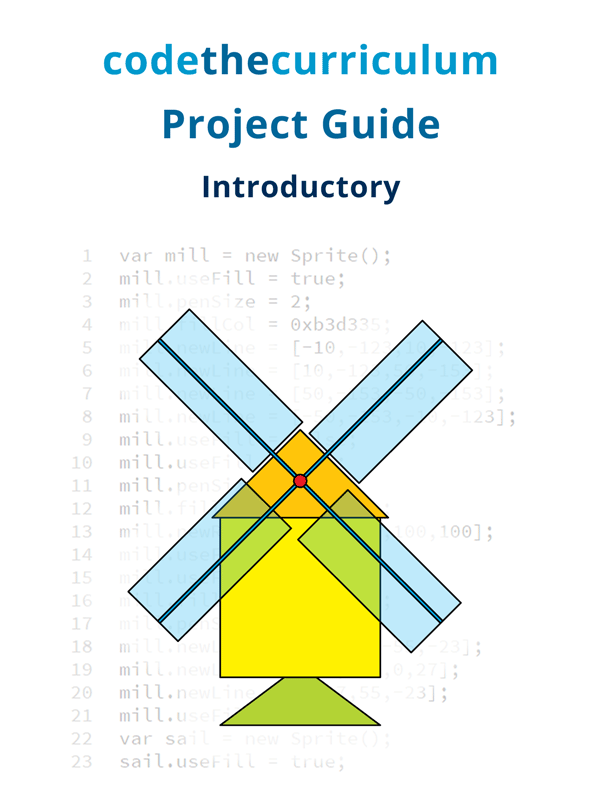
The Introductory course offers exciting projects to help pupils get started with coding and introduces a wide range of techniques, including sequence and selection, drawing, simple animation, variables and loops.
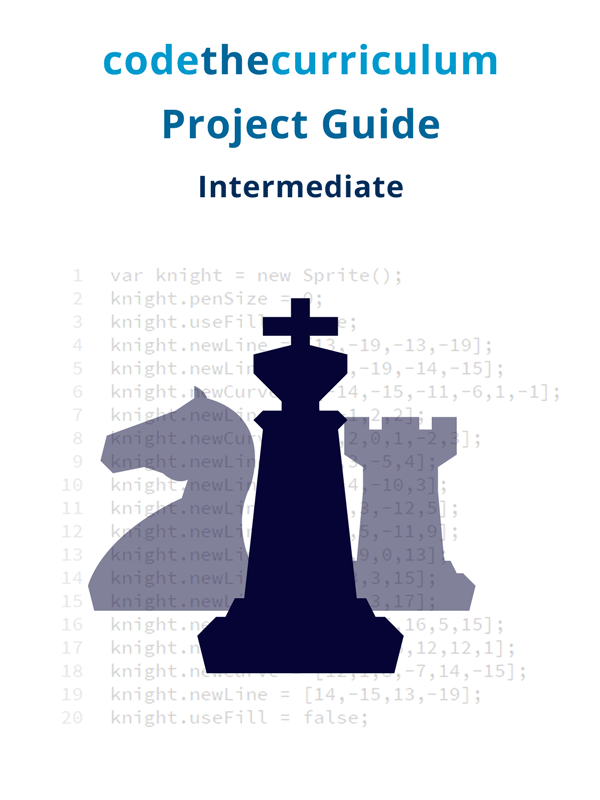
In the Intermediate course pupils acquire knowledge of the techniques used to solve systems of equations, draw and transform 2-D shapes and graphs, to build and control mechanisms, such as the front-end loader on a tractor, or to be able automatically to lay out and populate the periodic table.
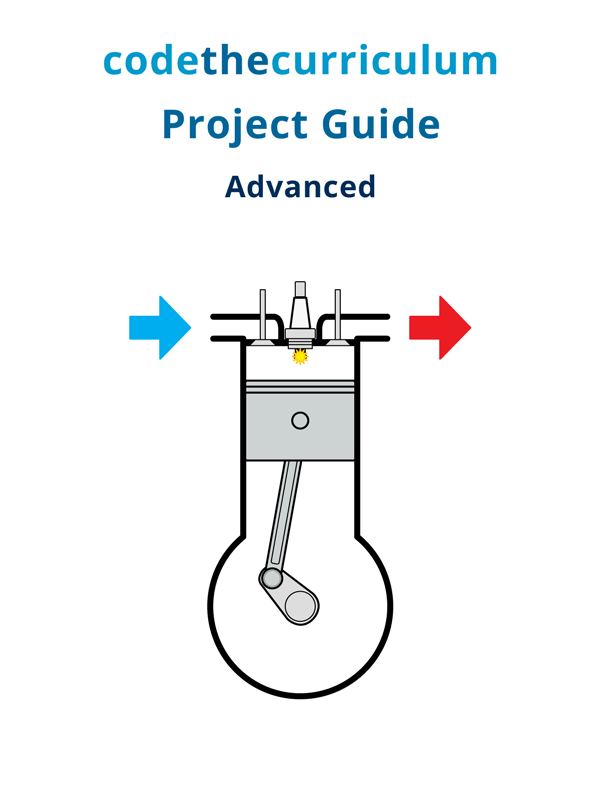
The Advanced course shows how to animate complex mechanisms, such as a schematic model of an internal combustion engine (part of the A-Level physics syllabus), and how to use computational techniques in numerical methods for solving differential equations in mathematics.
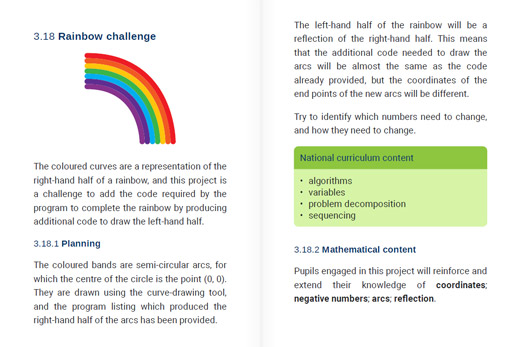
Our fully-illustrated Introductory Project Guide has 66 suggested coding tasks for primary schools, accompanied by comprehensive guidance for teaching coding.
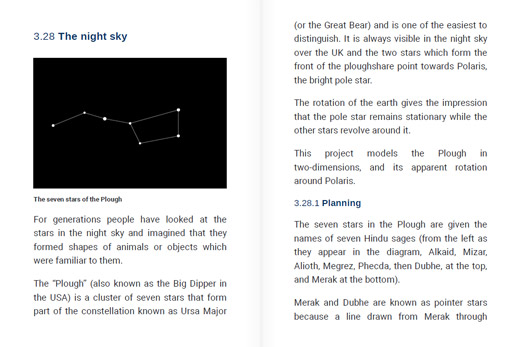
Every project comes with a planning section, the National Curriculum learning objectives and the mathematical content it covers.
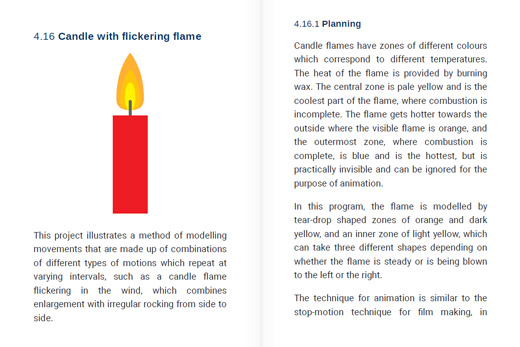
A full program listing is provided, followed by a detailed analysis of the coding instructions. Suggested extensions to the projects are also given.
Visit code the curriculum.com